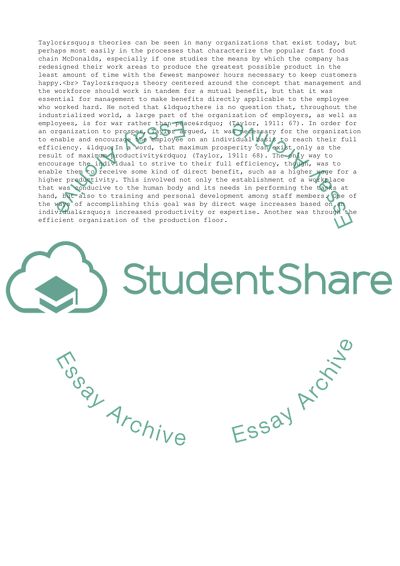Cite this document
(“The Effects of Frederick Taylors Scientific Management Essay”, n.d.)
Retrieved from https://studentshare.org/management/1539316-what-are-the-lasting-social-or-business-impacts-of-the-frederick-taylors-scientific-management-movementprogressive-era
Retrieved from https://studentshare.org/management/1539316-what-are-the-lasting-social-or-business-impacts-of-the-frederick-taylors-scientific-management-movementprogressive-era
(The Effects of Frederick Taylors Scientific Management Essay)
https://studentshare.org/management/1539316-what-are-the-lasting-social-or-business-impacts-of-the-frederick-taylors-scientific-management-movementprogressive-era.
https://studentshare.org/management/1539316-what-are-the-lasting-social-or-business-impacts-of-the-frederick-taylors-scientific-management-movementprogressive-era.
“The Effects of Frederick Taylors Scientific Management Essay”, n.d. https://studentshare.org/management/1539316-what-are-the-lasting-social-or-business-impacts-of-the-frederick-taylors-scientific-management-movementprogressive-era.


